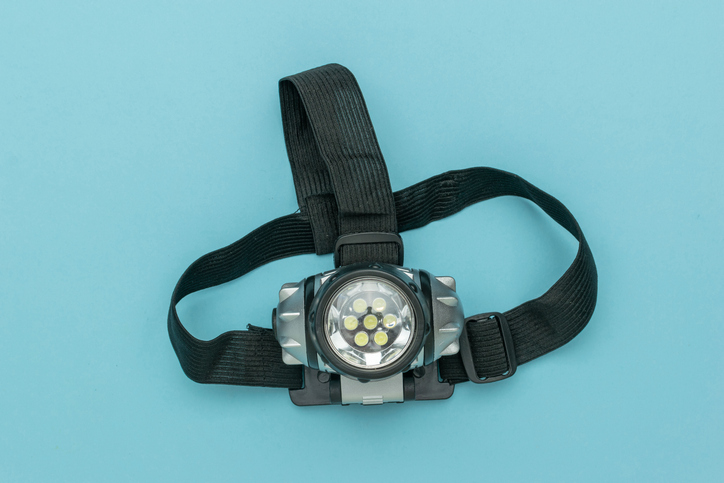Top 15 Things To Do To Your House Before Winter Hits
Top 15 Things To Do To Your House Before Winter Hits – Why & How
As the chill of winter approaches, it’s time to ensure your home is ready to face the season’s challenges.
Share the post
Share this link via
Or copy link
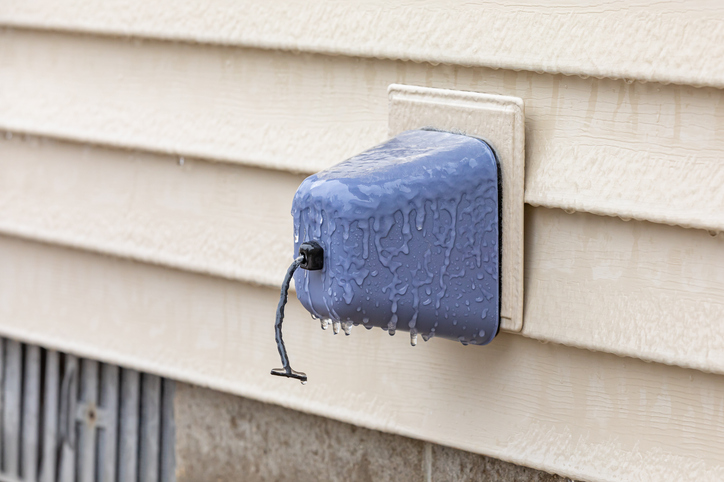
Top 15 Things To Do To Your House Before Winter Hits – Why & How
As the chill of winter approaches, it’s time to ensure your home is ready to face the season’s challenges.
Winters can be harsh and unpredictable, preparing your house is not just about comfort it’s about protecting your investment and avoiding costly repairs.
A well-maintained home can withstand the elements, keep your family safe, and even save you money on energy bills.
Winter preparation is all about being proactive.
Small issues, like a drafty window or a clogged gutter, can quickly escalate into major problems when snow, ice, and freezing temperatures take hold.
Love Weather? Get more! Join the WIBC 93.1 FM Newsletter
We care about your data. See our privacy policy.
By taking the time to inspect, maintain, and prepare your home, you can avoid the stress of emergency repairs and enjoy a cozy, worry-free winter.
From ensuring your heating system is in top shape to safeguarding your home against potential weather damage, a little effort now can go a long way.
Whether it’s sealing up your home to keep the cold out or preparing for unexpected power outages, these steps will help you stay ahead of the season.
Take a look below at the Top 15 Things To Do To Your House Before Winter Hits.
RELATED | How To Beat The Winter Blues
1. Inspect and Clean Gutters
Why: Clogged gutters can lead to ice dams, which cause water to back up under your roof and into your home. This can result in leaks and water damage.
How: Use a ladder to remove leaves, twigs, and debris from gutters. Flush them with a hose to ensure proper drainage. Consider installing gutter guards to reduce future clogs.

2. Seal Windows and Doors
Why: Drafts can significantly increase heating costs and make your home less comfortable.
How: Check for gaps around windows and doors. Use weatherstripping for doors and caulk for windows to seal any leaks. You can also install window insulation film for added protection.
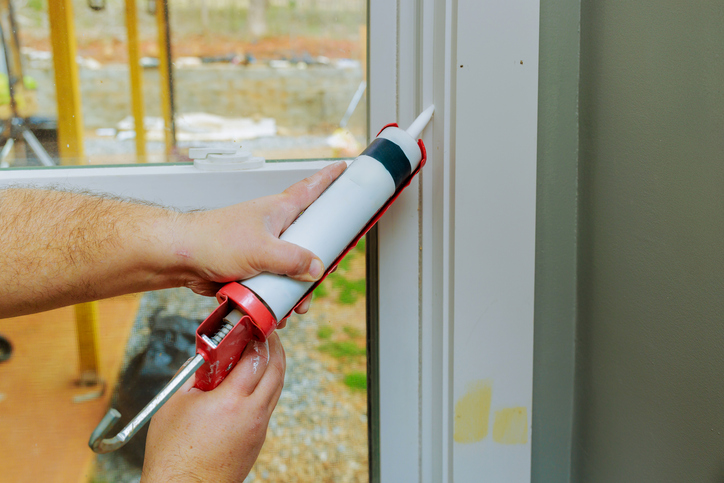
3. Service Your Furnace
Why: A well-maintained furnace runs more efficiently, saving you money and preventing breakdowns during freezing temperatures.
How: Schedule a professional HVAC technician to inspect and clean your furnace. Replace the air filter monthly during heavy use to maintain airflow and efficiency.
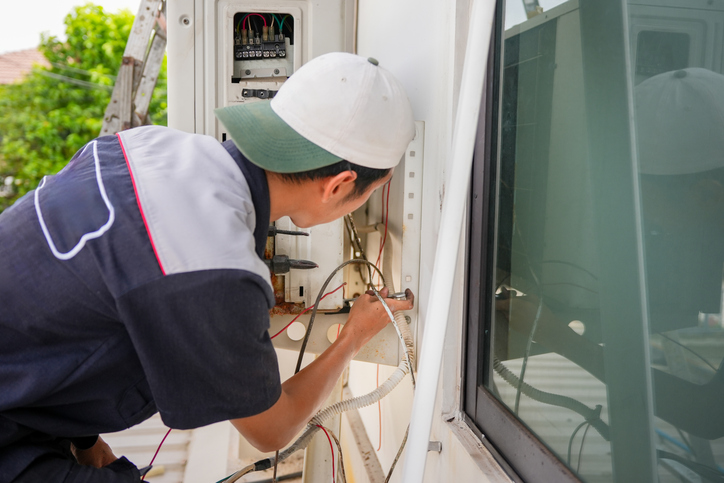
4. Check and Insulate Pipes
Why: Exposed pipes in unheated areas (like basements, garages, or crawl spaces) are prone to freezing and bursting, which can cause costly water damage.
How: Wrap pipes with foam insulation or heat tape. Keep cabinet doors open under sinks to allow warm air to circulate around pipes.
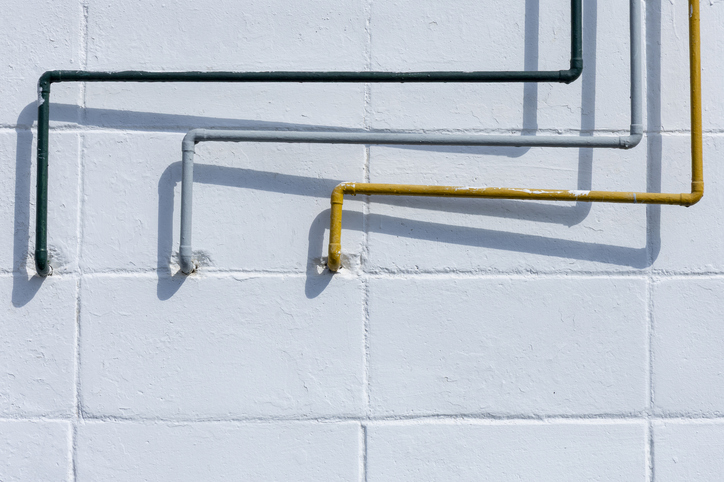
5. Inspect the Roof
Why: Damaged or missing shingles can lead to leaks when snow and ice melt.
How: Use binoculars to inspect your roof for loose, cracked, or missing shingles. Repair or replace them as needed. Check for sagging areas or damaged flashing around chimneys and vents.

6. Trim Trees and Branches
Why: Heavy snow and ice can cause weak branches to break, potentially damaging your home, power lines, or vehicles.
How: Trim back any branches that hang over your roof, driveway, or power lines. Hire a professional arborist for large or hard-to-reach trees.
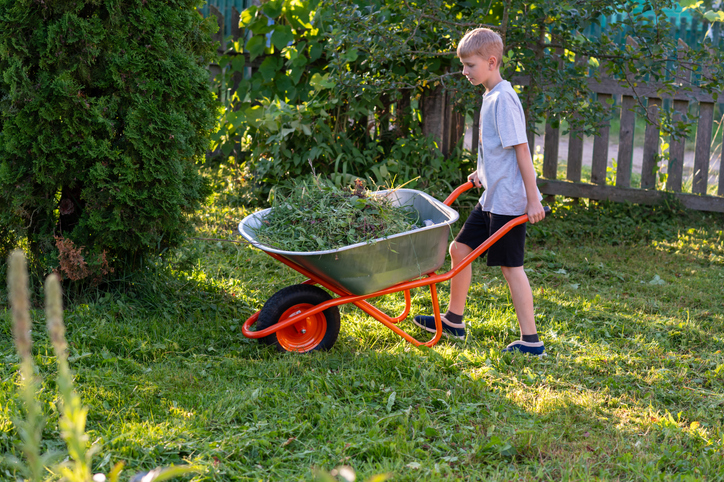
7. Stock Up on Winter Supplies
Why: Snow and ice storms can hit suddenly, and you don’t want to be caught unprepared.
How: Ensure you have a sturdy snow shovel, ice melt (pet-safe if needed), and a functioning snowblower. Test your snowblower and have it serviced if necessary. Keep a supply of windshield de-icer for your car.

8. Reverse Ceiling Fans
Why: Ceiling fans can help distribute warm air more evenly, reducing heating costs.
How: Flip the switch on your ceiling fan to make the blades spin clockwise. This pushes warm air near the ceiling down into the room.
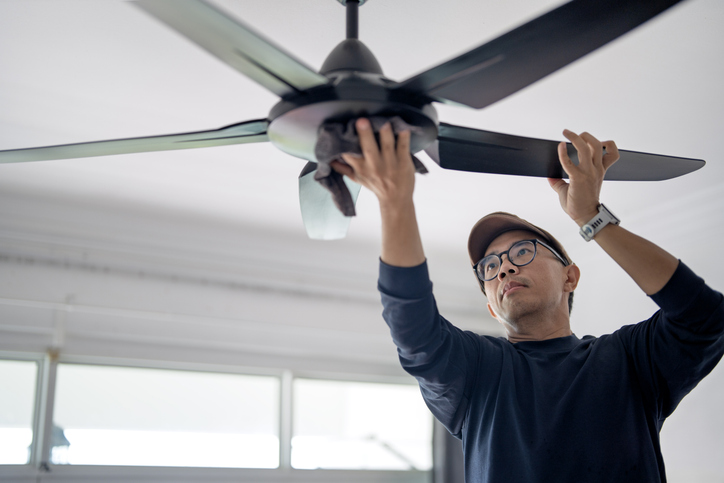
9. Check Your Chimney and Fireplace
Why: A dirty or damaged chimney can pose a fire hazard or allow dangerous gases like carbon monoxide to enter your home.
How: Hire a professional chimney sweep to clean and inspect your chimney. Check the damper to ensure it opens and closes properly. Stock up on firewood if you use a wood-burning fireplace.
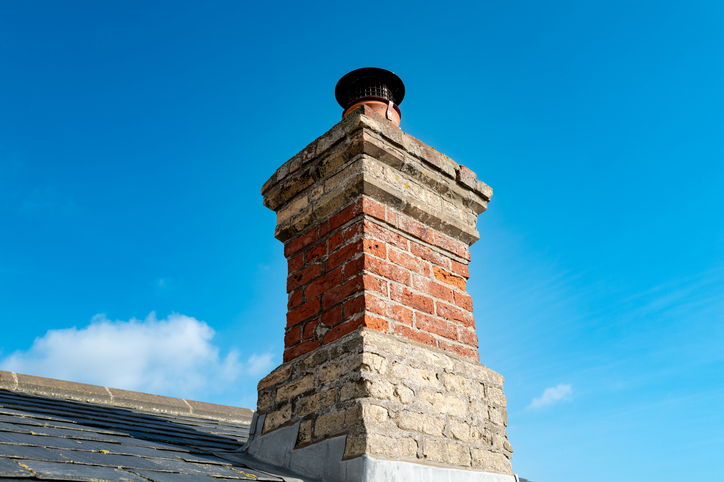
10. Test Smoke and Carbon Monoxide Detectors
Why: Heating systems and fireplaces increase the risk of carbon monoxide poisoning and house fires during winter.
How: Replace batteries in all detectors and test them to ensure they work. Install additional detectors if needed, especially near bedrooms and in the basement.
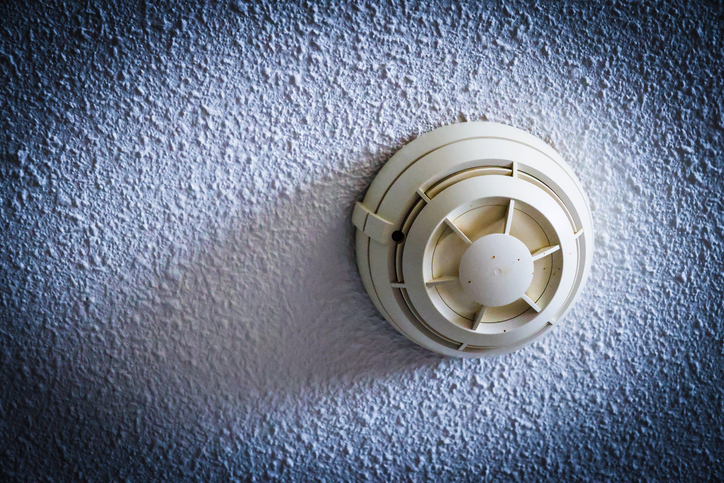
11. Drain and Store Outdoor Hoses
Why: Water left in hoses can freeze, expand, and cause damage to the hose and connected faucets.
How: Disconnect hoses from outdoor faucets, drain them completely, and store them indoors. This prevents freezing and prolongs their lifespan.
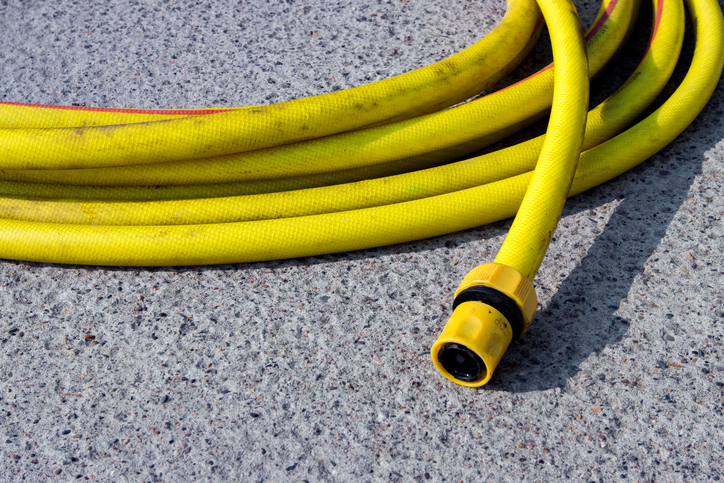
12. Winterize Outdoor Faucets
Why: Freezing water in outdoor faucets can cause pipes to burst inside your home.
How: Shut off the water supply to outdoor faucets from inside your home. Open the faucet to drain any remaining water. Cover the faucet with an insulated cover for extra protection.

13. Add Insulation
Why: Proper insulation keeps your home warm, reduces heating costs, and prevents ice dams on your roof.
How: Check your attic for adequate insulation (at least 12-15 inches is recommended). Add more if needed. Seal gaps around attic doors, vents, and pipes to prevent heat loss.
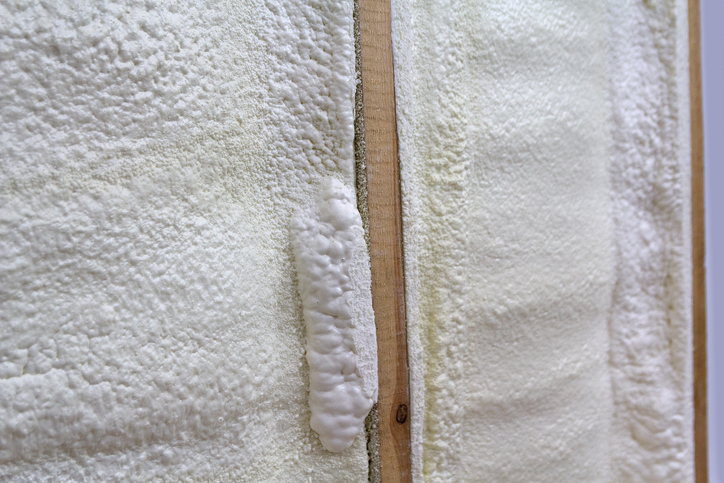
14. Inspect and Seal the Garage
Why: A drafty garage can let cold air into your home and make it harder to keep warm.
How: Check the weatherstripping around your garage door and replace it if worn. Insulate the garage door if it’s not already insulated. Seal any gaps or cracks in the walls and floor.

15. Prepare for Power Outages
Why: Winter storms can cause power outages, leaving you without heat or electricity for hours or even days.
How: Stock up on flashlights, batteries, blankets, and non-perishable food. Consider investing in a backup generator to keep essential systems running. Keep your phone and power banks charged.
